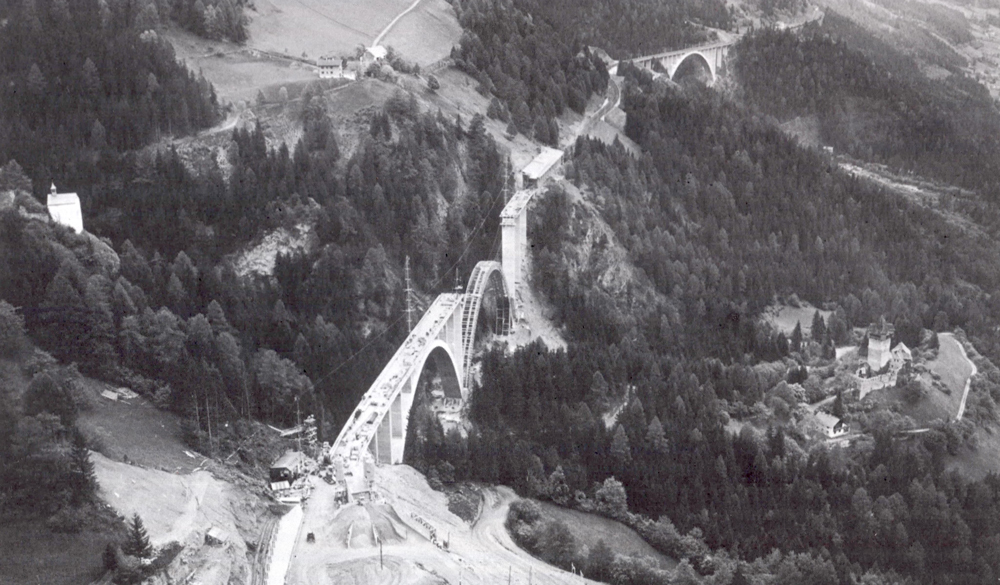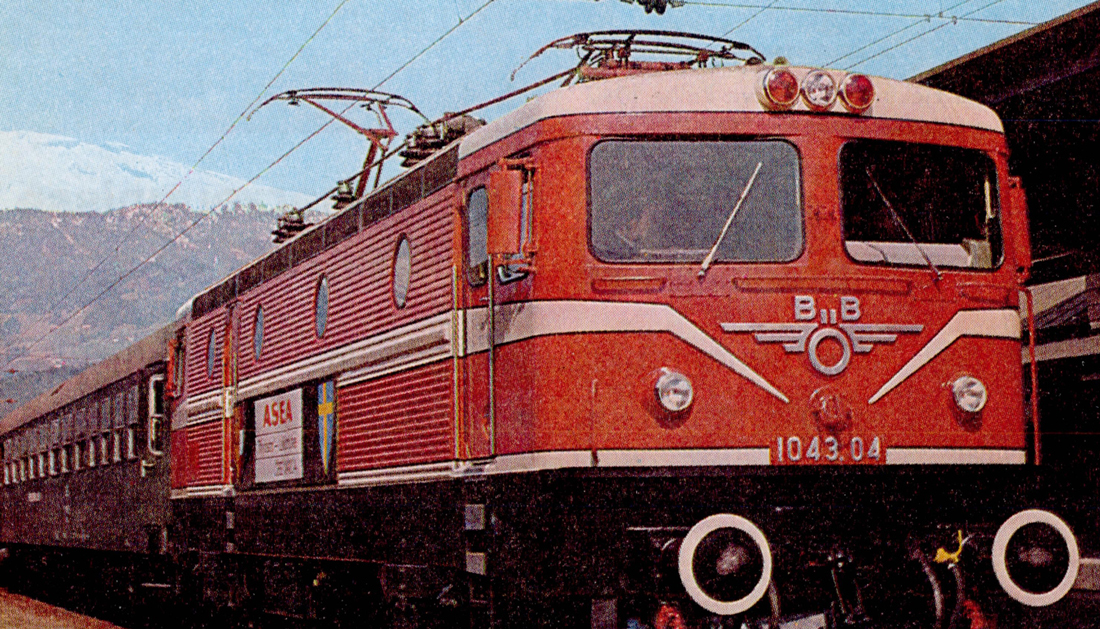
1970-1995
Expansion
Expansion, new stations and timetables – and Interrail.



New railcars, redesigned station buildings and line upgrades.
A major railcar replacement programme was one of ÖBB's first projects in the 1970s. Both passenger and freight trains urgently needed new railcars in order to be able to withstand higher speeds and transport larger loads.
This started in 1971, when ÖBB purchased ten modern Swedish locomotives for the mountain line of the Tauernbahn. Then, from 1974, the Austrian vehicle industry began steadily delivering locomotives with impressive power (5400 KW) and top speeds (160 km/h). In addition, modern, air-conditioned passenger coaches with this speed profile were also acquired. This enabled passengers to get from A to B faster and more comfortably. In other words, train travel became a pleasure.





At the same time, underpasses and overpasses were built. This made street-level railway crossings obsolete, for which barrier systems and personnel were now no longer necessary.
Consequently, line speeds could be increased and journey times shortened. The railway was becoming better and more modern.

Modern passenger traffic also demanded appropriate station buildings. Thus, a major station initiative was launched to gradually refurbish the buildings. In addition to underground walkways to new central platforms, modern sales counters and travel agencies were set up in the larger stations. The construction programme of the "New Railway", as ÖBB called itself at the time, included the first line extensions, straightening of routes and new tunnels. These initially affected the western line and the Inn Valley, resulting in considerable reductions in journey times.
Local transport was also continuously expanded: Park & Ride facilities offered secure parking spaces with short walking distances to the trains. On the branch lines, starting in 1987, more modern diesel railcars were used, which also shortened journey times. Operations on less frequented branch lines were discontinued for economic reasons. As a result, ÖBB was becoming more and more efficient.

Local transport was also continuously expanded: Park & Ride facilities offered secure parking spaces with short walking distances to the trains. On the branch lines, starting in 1987, more modern diesel railcars were used, which also shortened journey times. Operations on less frequented branch lines were discontinued for economic reasons. As a result, ÖBB was becoming more and more efficient.


Cover photo: One of the ten Swedish ASEA thyristor locomotives series 1043 delivered to ÖBB.
Unless otherwise indicated, the image rights are held by © ÖBB Infra.